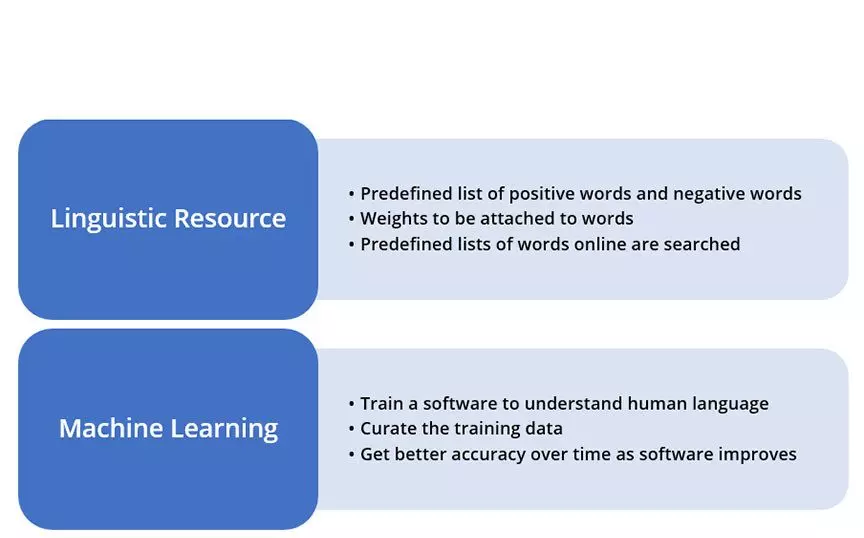TECHNOLOGY
Big Data in Customer Sentiment Analysis

Big data enables businesses to thrive and grow by finding hidden patterns in data.
Brands are now getting smarter by taking actions based on customer sentiments.
Not only brands but also political parties and governments are looking at social sentiments as a valuable resource for growth. With big data, real-time customer sentiment analysis has become possible.
Social media has completely changed how people express themselves. Subtle opinions in private chats are now taking the form of arguments and debates in public as tweets and comments. People are no more reserved about their views. They feel free to express their dismay or appreciation of a brand or a public figure online. In the age of hashtags, a trending topic can attract opinions of millions within a matter of hours. Since most of this data is in the public domain, developers are looking to devise tools to mine this information and structure it to get their hands on customer sentiment analysis for a brand, a product, or an action taken by a brand. Customer sentiment analysis takes into account tweets, retweets, hashtags, pins, likes, reactions, comments, and many other similar parameters to evaluate the positivity or negativity among consumers towards a brand or a product. Because the data sources are endless, it is vital that they are managed efficiently. This makes big data an essential player in customer sentiment analysis. There are two main approaches to analyzing customer sentiment – using linguistic resources and using machine learning. Big data applications aid both the methods, although the way they operate is entirely different.
What is the Linguistic Resource approach?
To use the linguistic resources, you have to create a list of positive and negative words or phrases. In advanced applications, words can also have specific weights attached to them (e.g. ‘Disgusting!’ is way more negative than ‘bad’). Resources are then scanned for these words to evaluate a general sentiment among the users. Linguistic resource approaches can be flawed in certain ways because some words can mean positive in a particular use-case and negative in another (e.g. ‘long battery life’ is a positive sentiment whereas ‘long queues’ is not). This pitfall is caused because of the inability of a computer program to ‘understand’ the way humans communicate. The next approach helps to overcome this pitfall – Machine Learning.
How to Use Machine Learning for Customer Sentiment Analysis?
Machine Learning offers the ability to computers to learn and understand human language. Computer software is fed with tons of sample data that is tagged positive or negative with appropriate weights. Once configured, the software can process the unseen data and classify them with accuracy as good or bad sentiment. Even while working, the software continues to improve itself because of which the accuracy of the software improves drastically over time. However, the accuracy of the software largely depends on the kind of training data it is fed. For instance, software trained on ‘movie reviews’ data cannot be vouched for when processing ‘automobile reviews.’ This is why training data should be carefully curated before being fed. In conclusion, brands can harness the value of customer sentiment analysis in real-time by utilizing big data applications that suit customer sentiment analysis using either the linguistic resource approach or the machine learning approach.

















